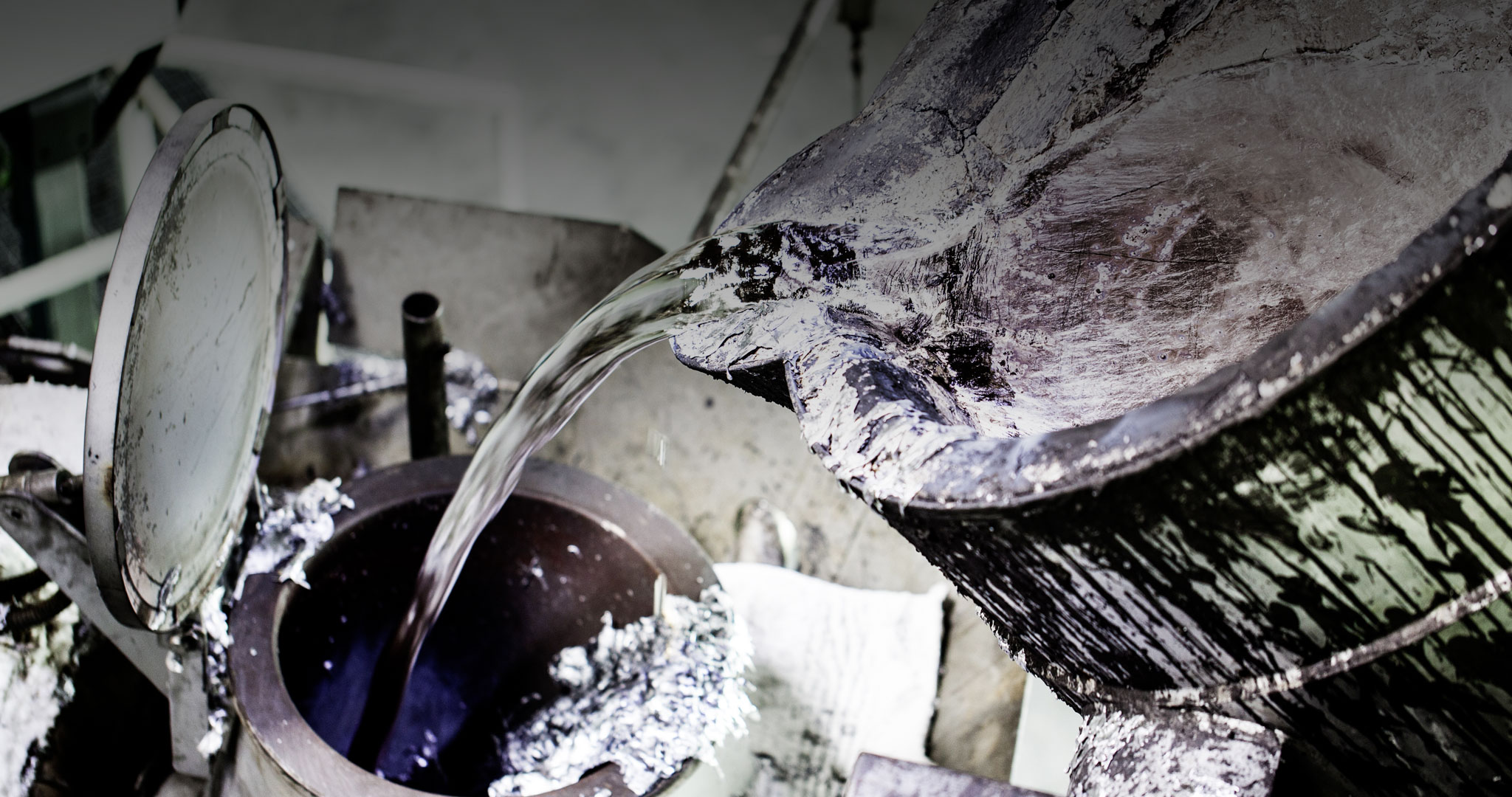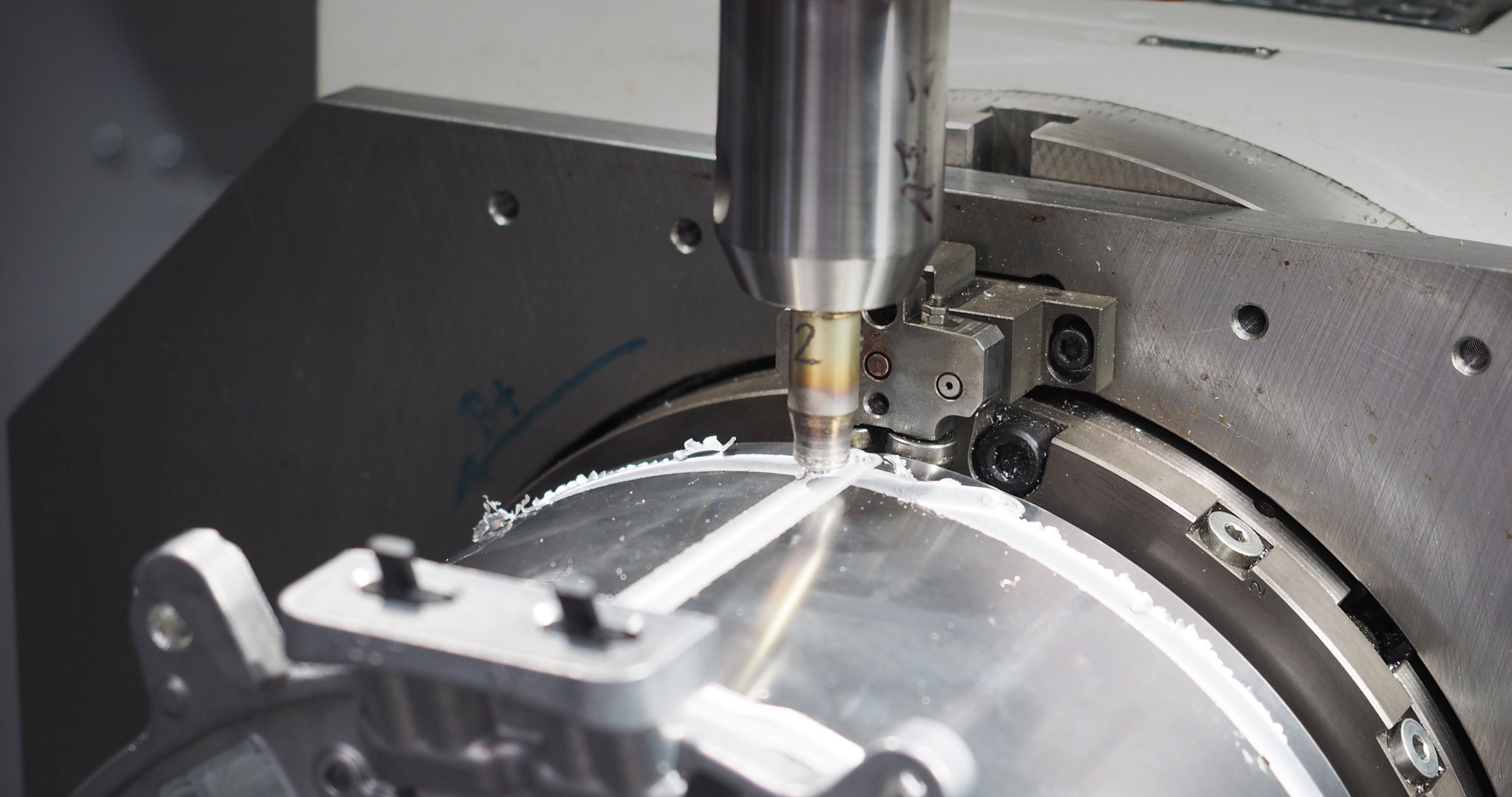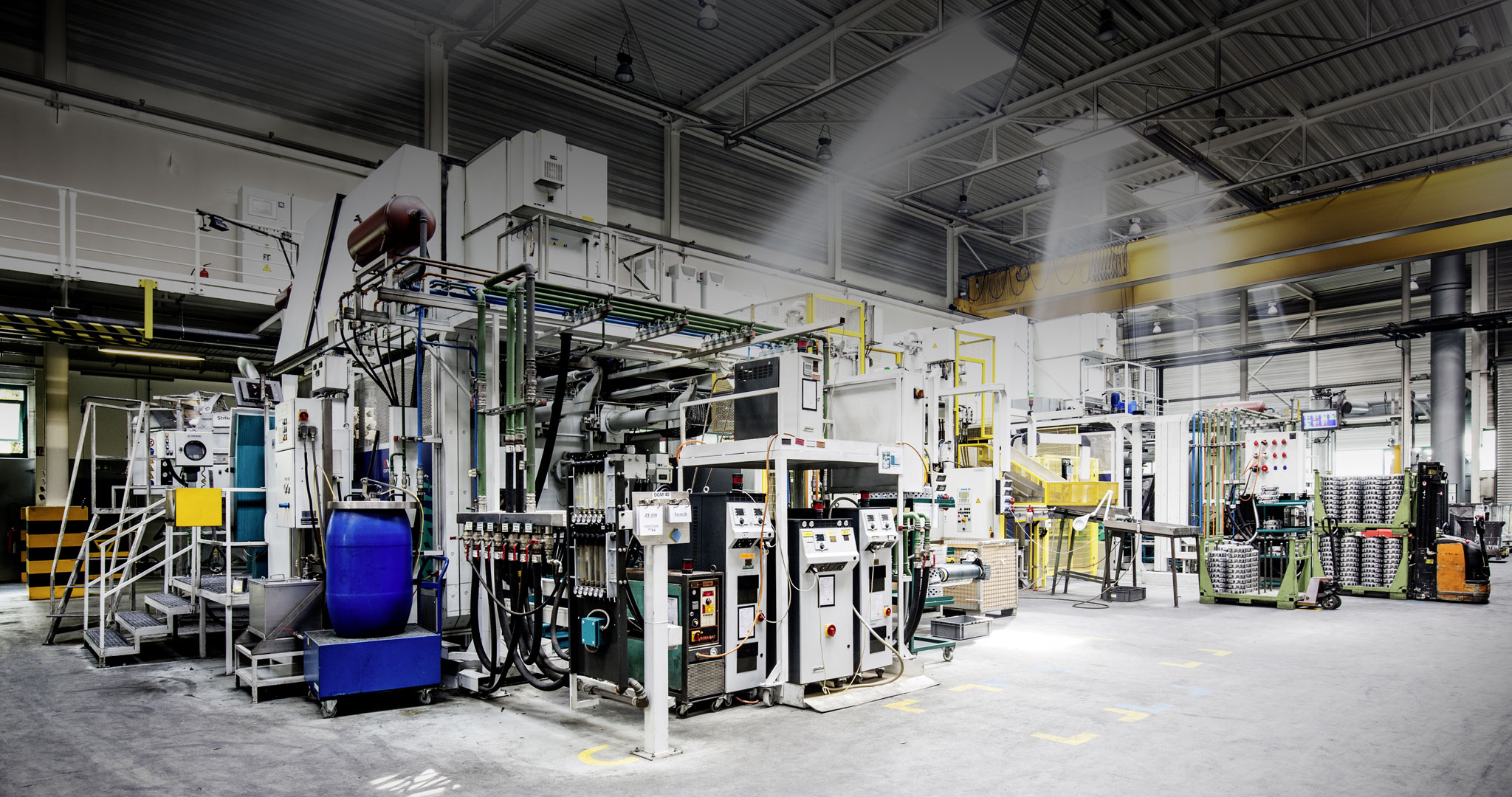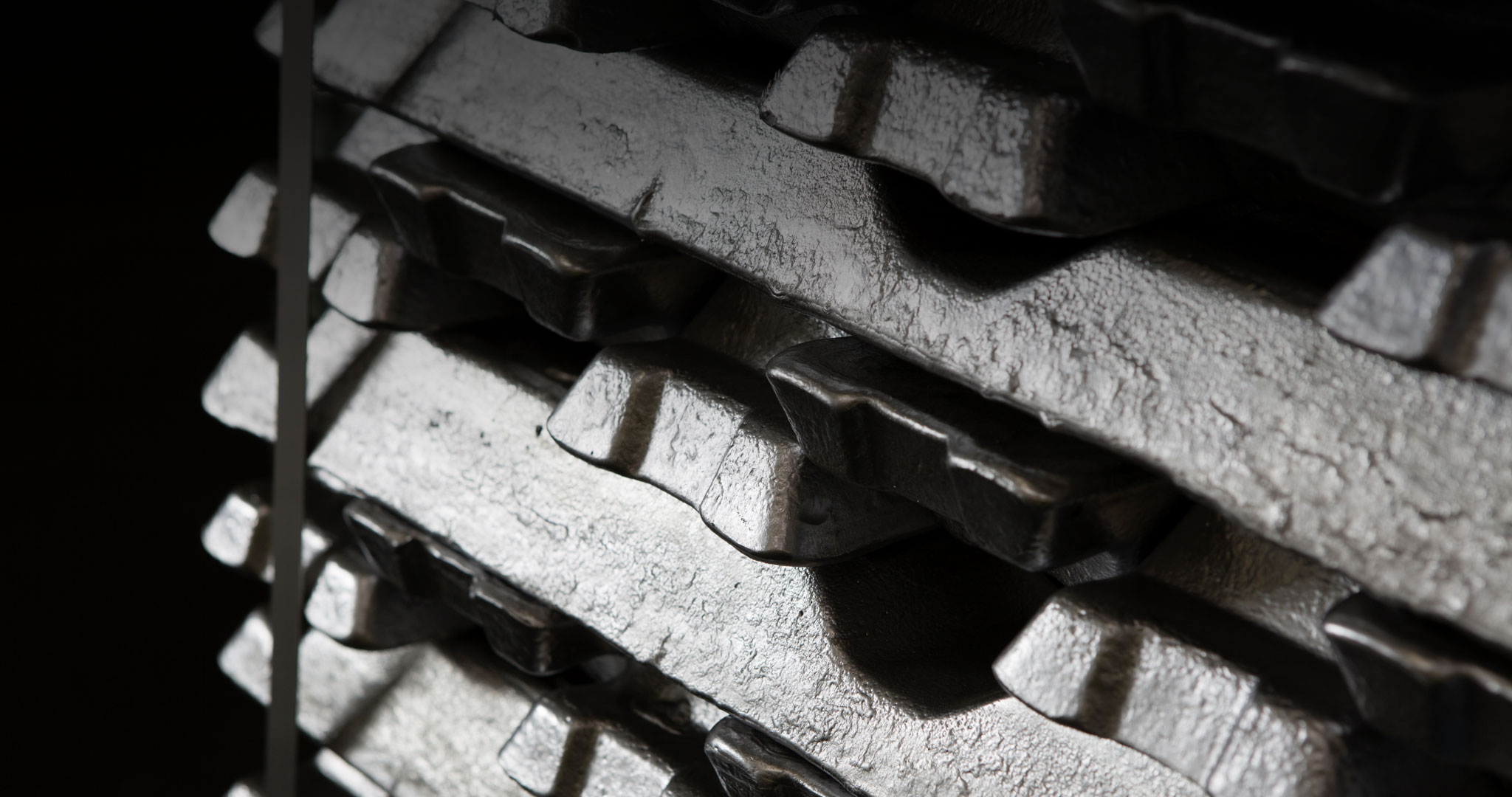Aluminium Die Casting
So that OEMs and suppliers can launch their products on the market quickly and economically, they need a partner who tailors the perfect tool and process technology to fit the future product. For the unique piece, which is perfect and complex in itself, to become a product suitable for large scale production in aluminium die casting requires sound knowledge of the process so that the customer development can be finalised and manufactured in reliable, stable and effective processes. It is precisely here that the core competence of the aluminium die casting specialist VOIT lies.
At VOIT, as a development partner including for prototype manufacturing, all expertise is involved in the development process from the very beginning in a network made up of development, engineering, tool construction and production so that the customer’s drawings can be transformed into finished die-cast components. On this basis, the geometry of the component is adjusted so that the process is reliable, the weight is reduced and the component can be produced cost-effectively on a large scale. This interdisciplinary team thus creates the optimum total package for each product consisting of the casting process, machining, surface treatment, component testing and assembly.
VOIT develops the latest technologies for this purpose such as casting processes combined with inserted parts such as moulded axes. One speciality is also a special joining process between aluminium die cast and stamped parts thus allowing the customers new opportunities for synergy.
A completely new process is that of stir friction welding. This is completely new in the sense that VOIT further developed the process and made it suitable for large scale production. This manufacturing technology using stir friction welding in series production opens up new possibilities in the design of cooled electric motors and power electronics and therefore makes electric and autonomous driving more economically efficient.
The Aluminum Die Casting Process
Aluminium die casting is a very demanding manufacturing process with very complex processes and very tight manufacturing tolerances and it therefore requires a high level of skill. In the die casting process, molten aluminium is poured at high pressure and at high speed into permanent moulds made of hot working steel. The die casting process allows economical production of complex, pressure-tight aluminium components with smooth surfaces and clean edges. Further advantages of the die casting process lie in the short cycle times, complex geometry, homogenous quality of the castings and a small proportion of returns compared to other manufacturing processes. The aluminium die casting process is particularly suited to the manufacture of parts with complex structures, transmission housings for electric motors, injection pump housings, internal transmission components such as housing structures, carrier boards and cooling elements for control and power electronics. At VOIT Automotive, die casting machines with a locking force of 5,000 – 16,000 kN are used. The component weight lies between 0.25 kg and 5.0 kg and the final weight at 15 kg.
Mechanical Processing
Depending on the requirements of the components, they can either be produced as precision finished castings or finally finished as ready to install with downstream machining, testing for tightness and joining processes.
Aluminium die castings will gain importance in future since, as lightweight components, they are increasingly replacing other materials. The weight saved conserves important resources and reduces fuel consumption and CO² emissions in the automotive industry.




